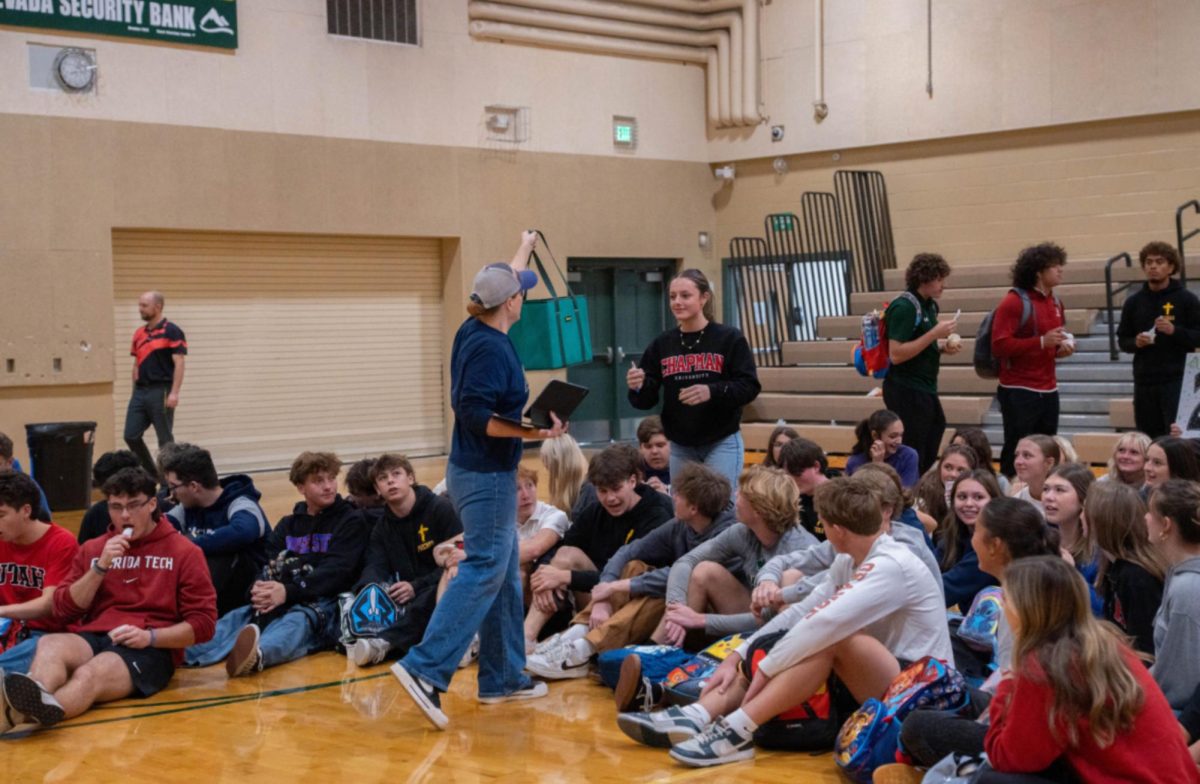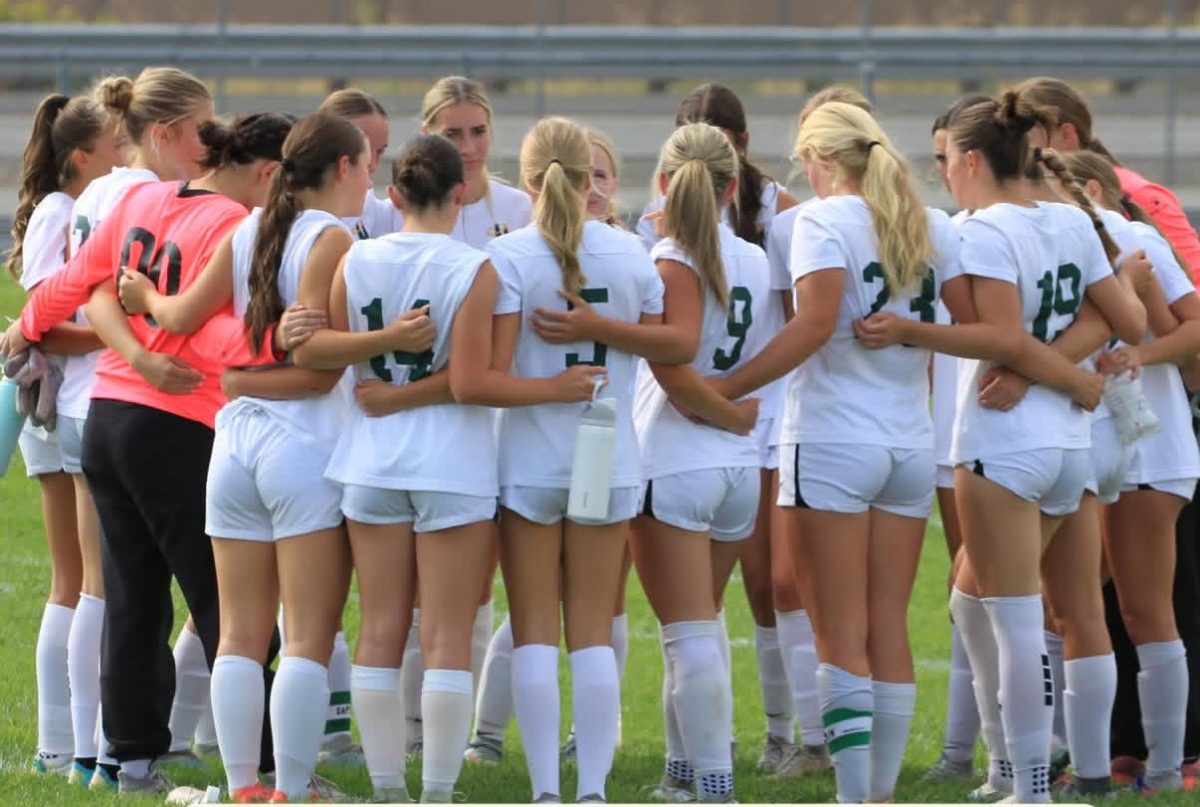Schools across the country have been making concerted efforts to implement healthier school lunch programs, and our school is no exception. While the cafeteria stocks healthy options such as salads, pineapple, and grapes, the overall makeup remains overwhelmingly unhealthy, leading to concern amongst students and parents.
Despite the availability of healthy choices, there is a sentiment among the students that getting a filling and nutritious school lunches is challenging. Students tend to gravitate towards the less healthy options, creating a large hurdle for promoting healthier eating habits.The existing options are often seen as too healthy to be appealing or not healthy enough to meet the proper nutritional standards.
Many students at this school share this perspective, expressing disappointment in the current state of our lunch program. Students opt to bring their own healthy meals from home, citing a lack of fullness and nutritional value in the school-provided options. The sentiment highlights the need for reevaluation of the school lunch program to better align with the nutritional needs of the teenage student body.
While acknowledging the presence of healthy alternatives, the popular choice among students to bring their own meals from home implies a broad disconnect between the schools offerings and the student population. As discussions continue about school lunches, it is important to find a balance between both the nutritious requirements and student preferences. It is vital for fostering a healthier and more cohesive approach to school lunches and snacks.







